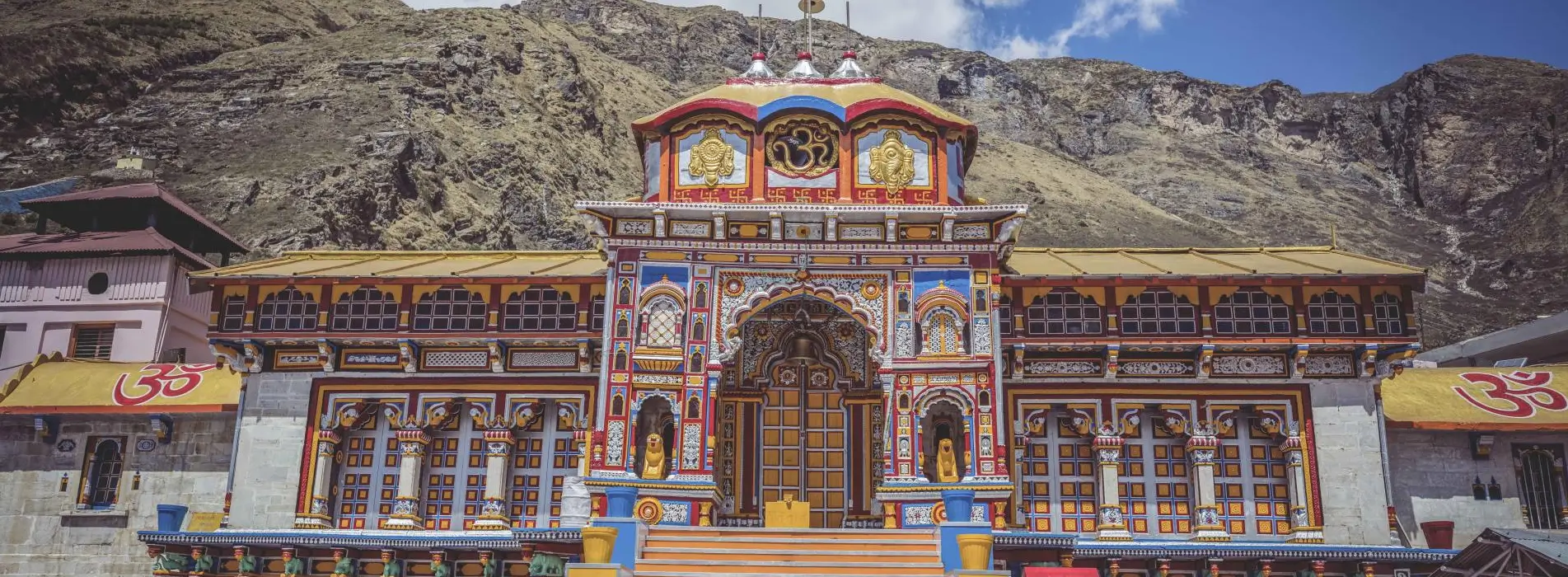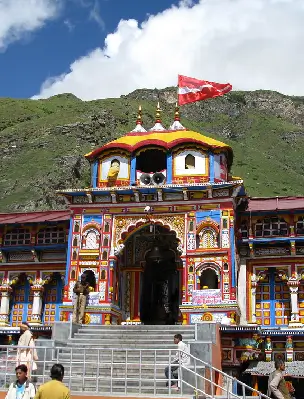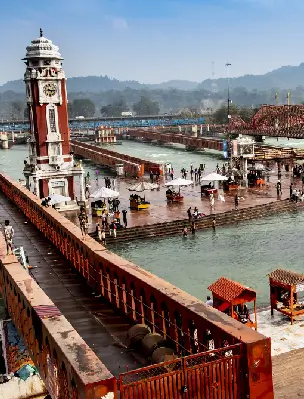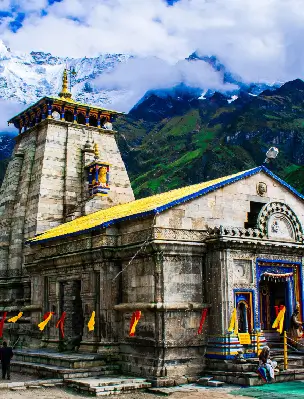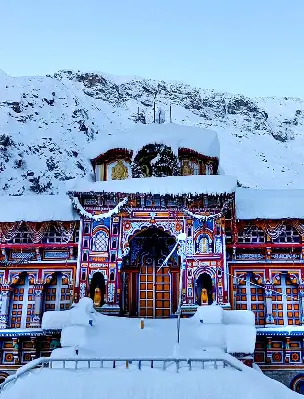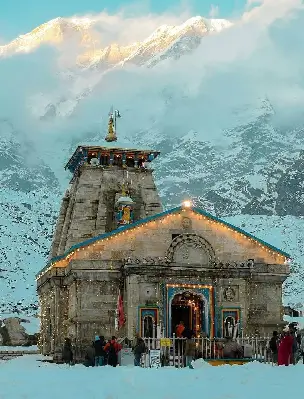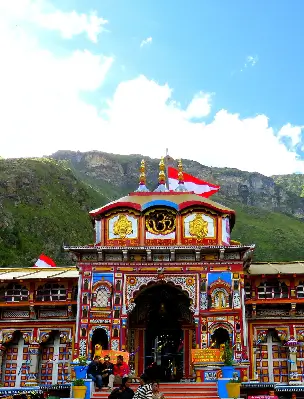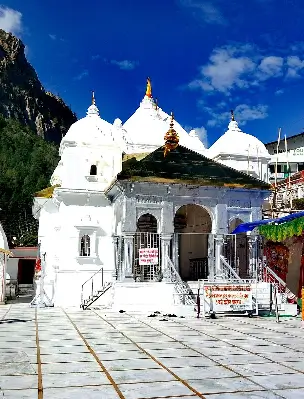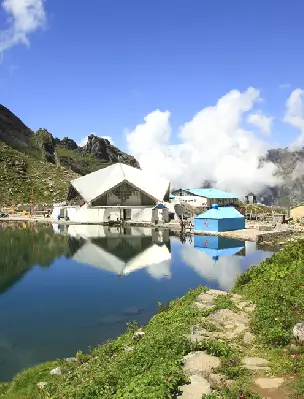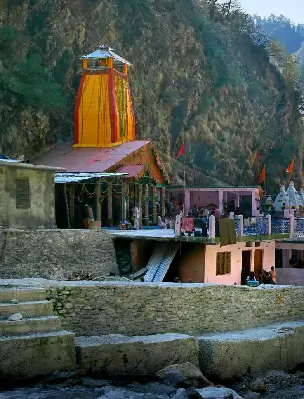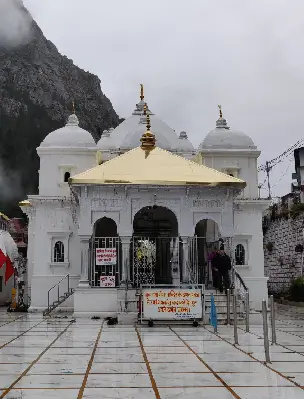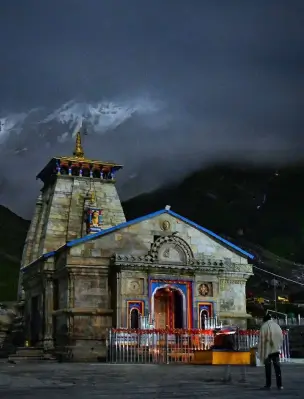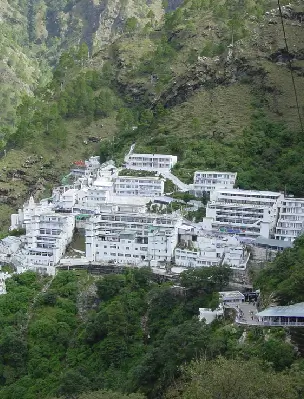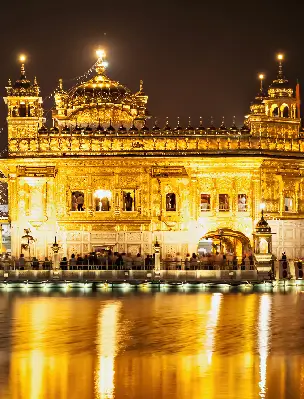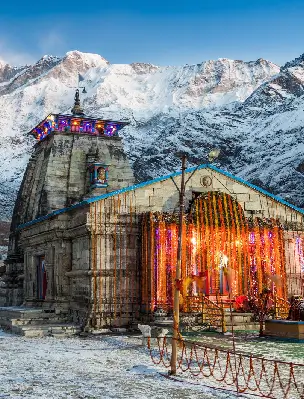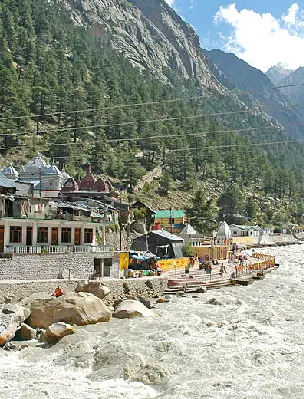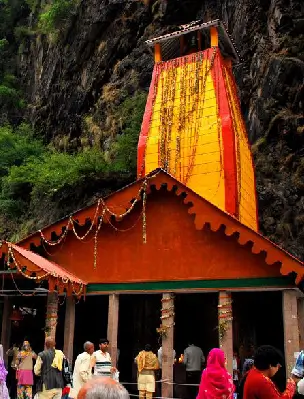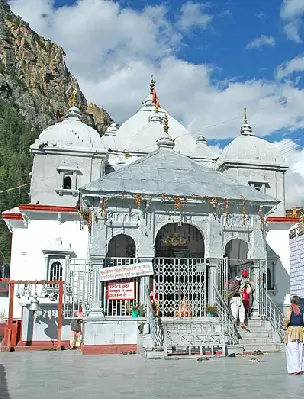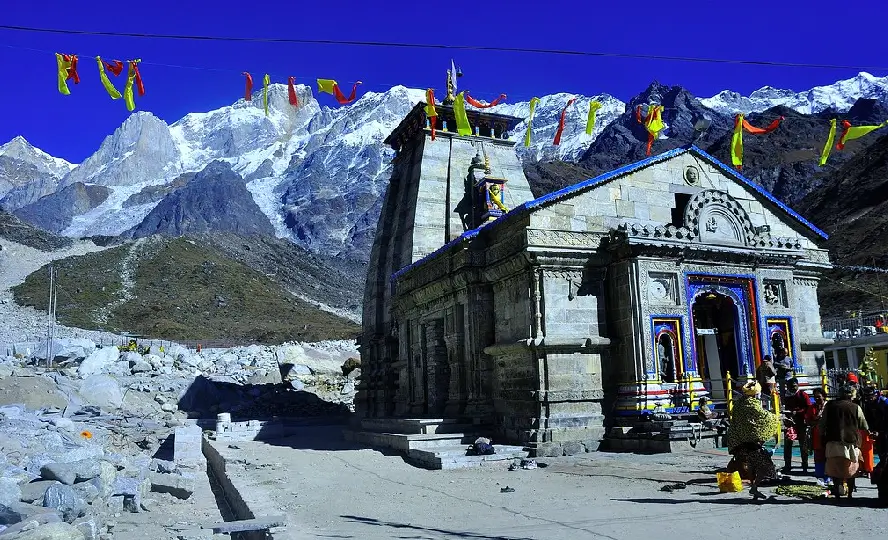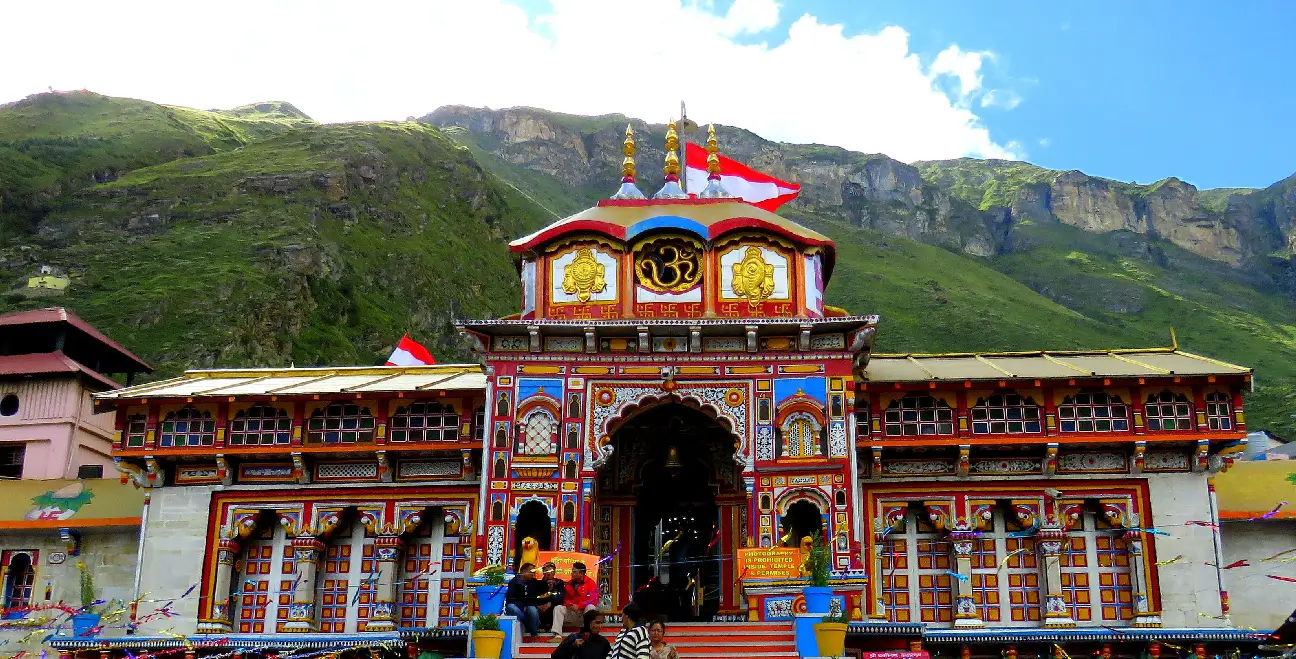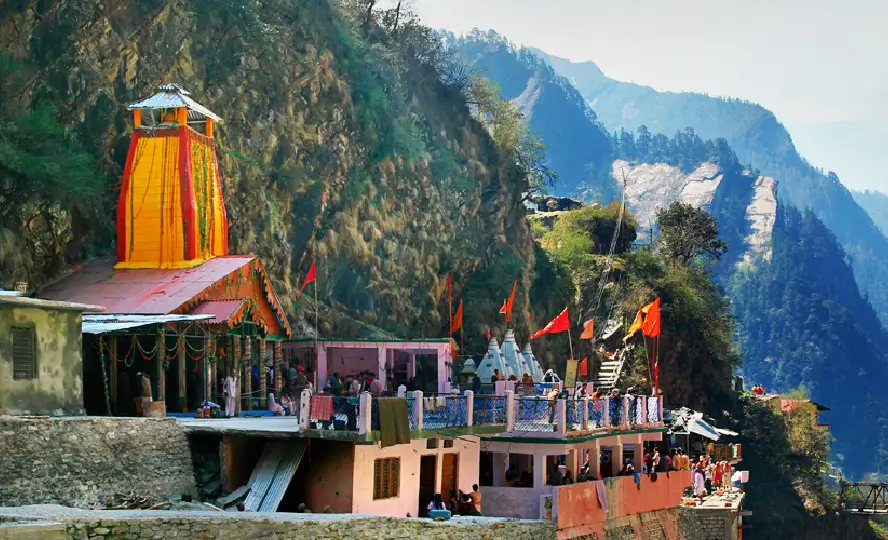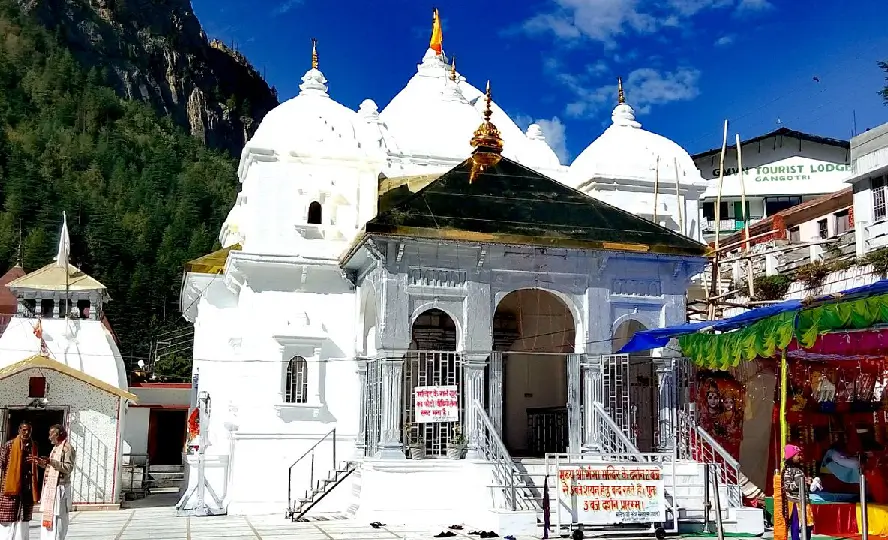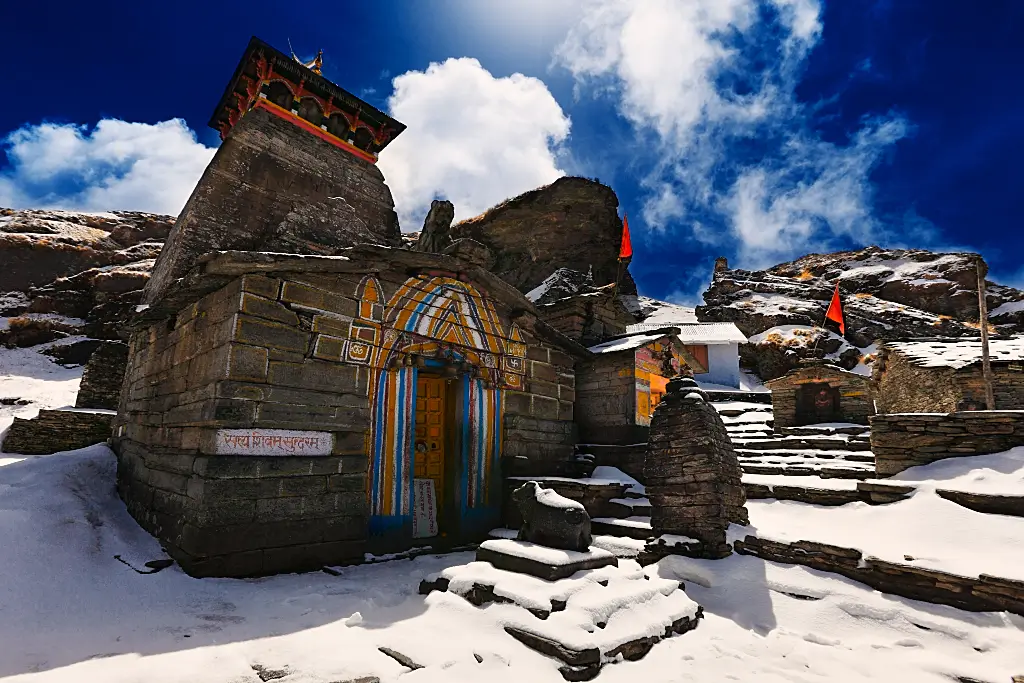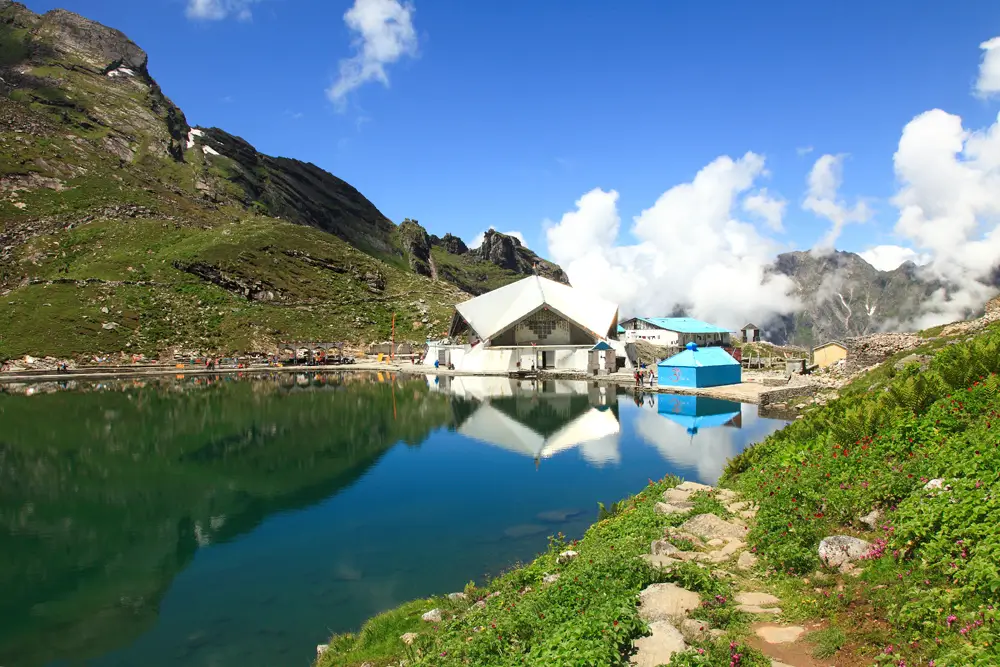Chardham Yatra With Nainital
- 13 Nights / 14 Days
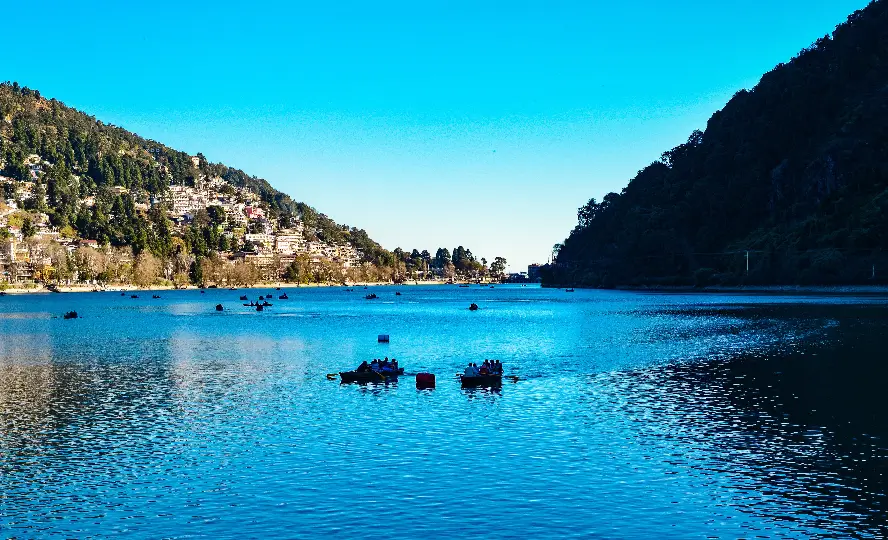
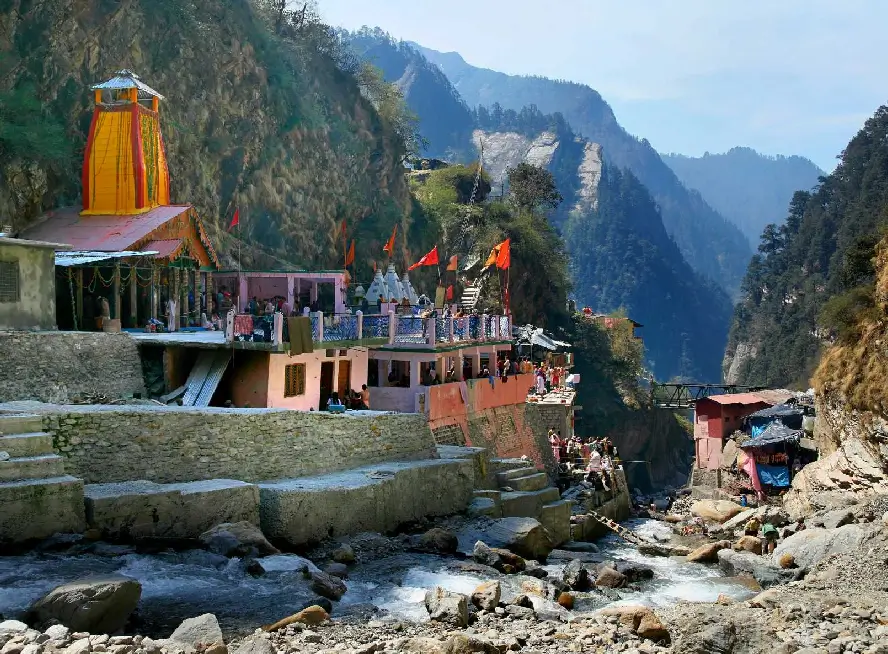
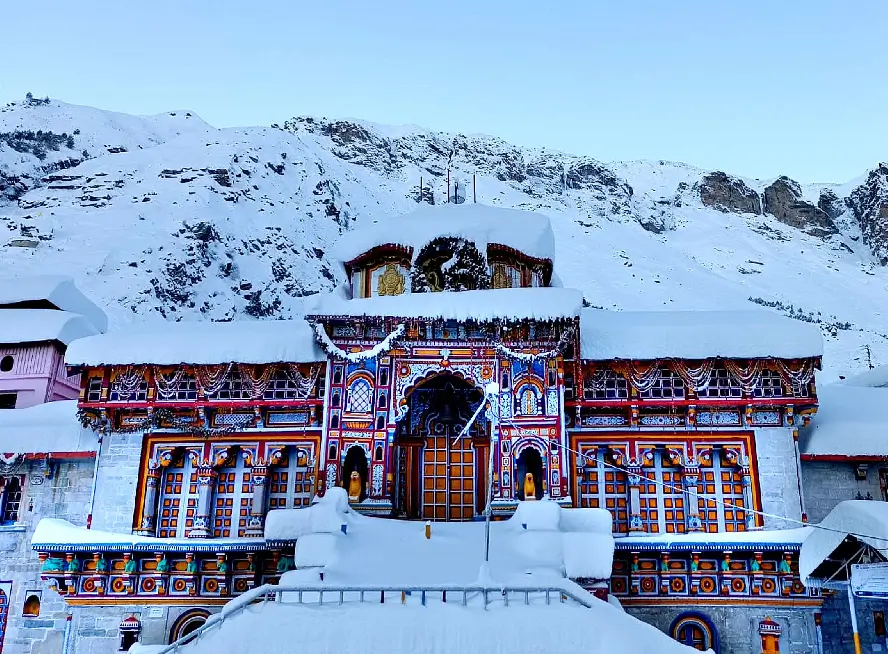
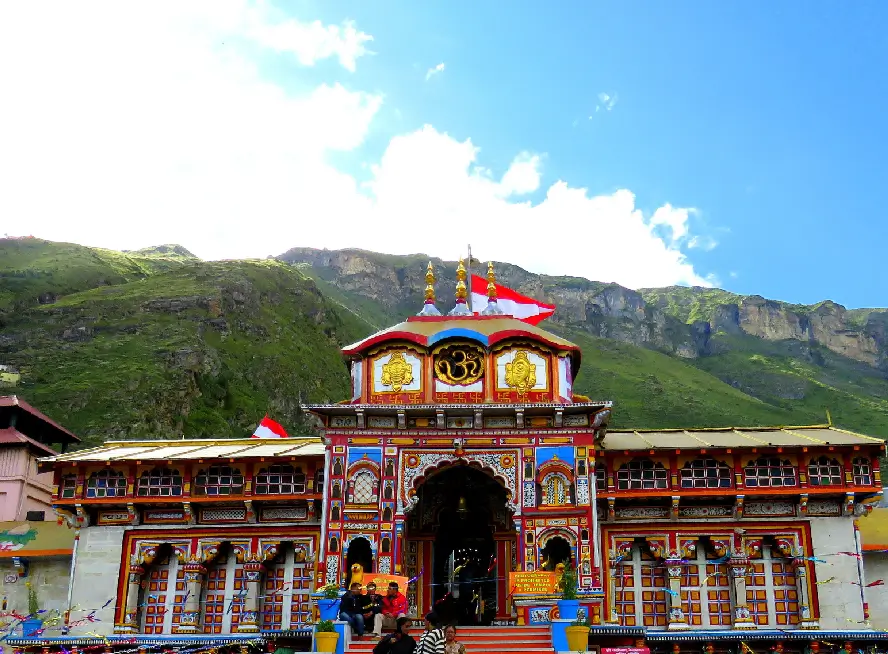
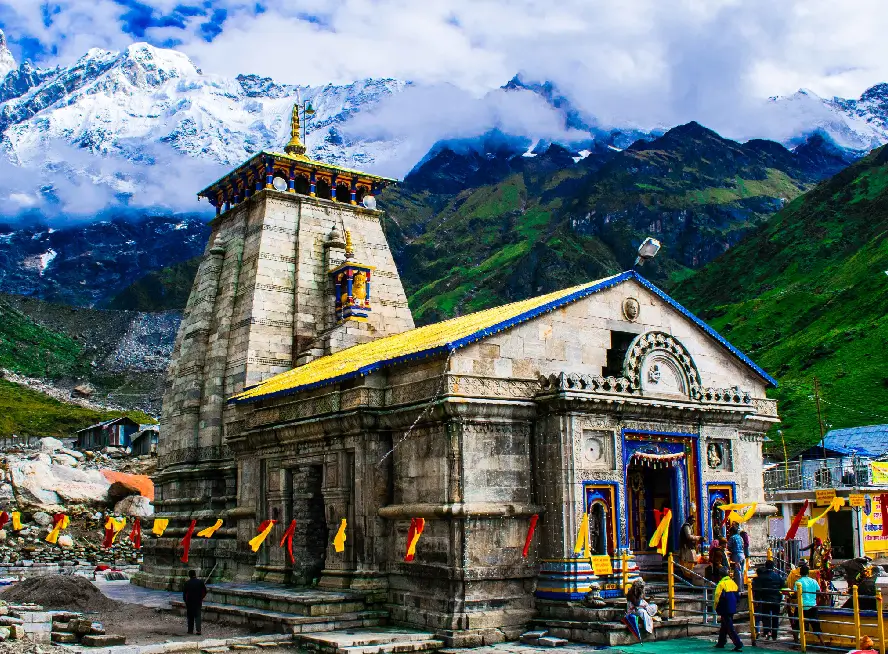
Overview
This 14 Days 13 Nights tour package will take you on a yatra to visit the holy Chardham Temples of Kedarnath, Badrinath, Gangotri, and Yamunotri along with a sightseeing expedition to the beautiful hill station of Nainital. Beginning from Delhi, the tour will cover the regions of Haridwar, Rishikesh, Srinagar, Rudraprayag, Guptkashi, Kedarnath, Pipalkoti, Badrinath, Joshimath, Karanprayag, Ranikhet, and Nainital. Apart from visiting the Char Dham Temples, this tour package also includes sightseeing of numerous temples and nearby holy destinations as well. During the tour, accommodations and necessary travel arrangements will be taken care of to ensure that you have a smooth and comfortable yatra experience.
Highlights of the tour:
- Aarti at Har Ki Pauri
- Kempty Falls
- Janki Chatti
- Hanuman Chatti
- Prakateshwar Caves
- Devprayag
- Rudraprayag
- Helicopter ride to Kedarnath Temple
- Vyas Gufa
- Bheem Gufa
- Mahavatar Babaji Cave
- Naina Devi Temple
- Hanuman Giri Temple
- Evening boat ride in Naini Lake
Itinerary
Delhi -Haridwar (205 Km /6Hr)
Upon arrival at Delhi Airport or railway station meet to our representative “Welcome” and drive to Haridwar. On arrival at Haridwar check-in at hotel. Evening Aarti at Har Ki Peri. Overnight stay at hotel.
- Haridwar : Haridwar, lying at the feet of Shiva's hills, i.e., Shivaliks, in the Haridwar district of Uttaranchal Pradesh, is a doorway. Suryavanshi prince Bhagirath performed penance here to salvage the souls of his ancestors who had perished due to the curse of sage Kapila. The penance was answered and the river Ganga trickled forth forms Lord Shiva's locks and its bountiful water revived the sixty thousand sons of king Sagara. In the traditional of Bhagirath, devout Hindus stand in the sacred waters here, praying for salvation of their departed elder. It is doorway to the sources of the Ganga and the Yamuna, 3000 to 4500 meters up into the snowy ranges of the central Himalayas. The 'Aarti' worship of the Ganga after sunset and the floating 'dia' (lamp) is a moving ritual.
Haridwar - Barkot (220 Km. 07 hrs)
Morning drive to Barkot via Dehradun, Mussoorie, and en-route visit Kempty fall. Later continue drive to Barkot. On arrival Barkot Check In at Hotel. Overnight stay at hotel.
Barkot -yuamunotri (36km Drive & 7Km Trek (One Side))
Morning leave for Janki Chatti via Hanuman Chatti & Fool Chatti. On arrival Janki Chatti start Trek of 06 kms for Yamunotri, On Arrive Yamunotri Holi Dip in Garam Kund, than Pooja and Darshan of Shree Yamunotri Ji, after Darshan and Pooja, afternoon start trek back to Janki Chatti on arrival Janki Chatti meet with driver and drive back to Barkot. Overnight stay at Hotel.
- Hanuman Chatti : The confluence of Hanuman Ganga & Yamuna River.
- Yamunotri Temple : Maharani Gularia of Jaipur built the temple in the 19th Century. It was destroyed twice in the present century and rebuilt again.
- Surya Kund : There are a Number of thermal springs in the vicinity of the temple, which flows into numerous pools. The most important of these is Surya Kund.
- Divya Shila : A rock pillar, worshipped before entering the Yamunotri Temple.
Barkot - Uttarkashi (100Km /4-5Hr)
Morning leave for Uttarkashi, a drive of 82 kms. Enroute vist Prakateshwar Cave, on arrival Uttarkashi check in at the hotel evening visit Vishwnath Temple, Overnight stay at the hotel.
- Uttarkashi : Situated at the bank of river Bhagirathi. The temple of Lord Vishwanath is located here where a massive iron trident is erected. The other important temples situated here are Ekadash Rudra, Bhairav, Gyaneshwar and Goddess Kuteti Devi.
Uttarkashi - Gangotri - Uttarkashi (100 Kms. per way)
- Gangotri Temple : The temple, constructed by the Gorkha General Amar Singh Thapa in the 18th Century, is situated on the right bank of Bhagirathi.
- Submerged Shivling : Submerged in the river, this natural rock Shivling is the place where, according to mythology Lord Shiva sat when he received the Ganga in his matted lock. It is visible in winter months when water level decreases.
- Kedar Ganga Sangam : Around 100 Yards from the Ganga Temple flows the river Kedar Ganga. Starting from the Kedar Valle, this river meets the Bhagirathi on its left bank.
Uttarkashi - Guptkashi (100Km 8-9Hr)
Morning after breakfast drive to Guptakashi en-route visit Tehri Dam & continue journey towards Guptakshi. On arrival check in at the hotel. evening free at leisure. Overnight stay at hotel.
Guptakashi -Phata - Kedarnath (10 Km By Road)
Morning drive to Phata Helipad ,to catch the overnight Helicopter for Kedarnath Temple, on Arrival Pooja and Darshan, dinner and overnight stay at the hotel.
- Kedarnath : The Kedarnath shrine, one of the 12 jyotirlingas of Lord Shiva, is a scenic spot situated, against the backdrop of the majestic Kedarnath range. Kedar is another name of Lord Shiva, the protector and the destroyer. According to legend, the Pandavas after having won over the Kaurava in the Kurukshetra war, felt guilty of having killed their own brothers and sought the blessings of Lord Shiva for redemption. He eluded them repeatedly and while fleeing took refuge at Kedarnath in the form of a bull. On being followed he dived into the ground, leaving his hump on the surface. The r! emaining portions of Lord Shiva appeared at four other places and are worshipped there as his manifestations. The arms appeared at Tungnath, the face at Rudranath, the belly at Madhmaheshwar and his locks (hair) with head at Kalpeshwar. Kedarnath and the four above-mentioned shrines are treated as Panch Kedar.
Kedarnath - Pipalkoti (14 Kms trek 165 Km)
Morning Pooja - darshan at the Temple, later walk to Helipad, to catch the treturn Helicopter for Phata, on arrival meet and drive to Pipalkoti, via tungnath Chopta, on arrival at Pipalkoti, check into the hotel, dinner and overnight stay at the hotel.
Pipalkoti - Badrinath (80Km 4Hr)
After Breakfast Drive to Badrinath via Joshimath. Check in Hotel. Later at evening visit Badrinath Temple for Aarti. Overnight stay in Hotel.
Badrinath one of the 'Four Dhams' is one of the most celebrated pilgrimage spots of the country and is situated at an elevation of 3,133 meters, guarded on either side by the two mountain ranges known as Nar & Narayan with the towering Neelkanth Peak providing a splendid backdrop. This revered spot was once carpeted with wild berries. Thus the place got the name "Badri van", meaning "forest of berries".
- Tapt Kund : Natural thermal springs on the bank of the river Alaknanda, where it is customary to bathe before entering the Badrinath temple.
- Narad Kund :A recess in the river, near Tapt Kund, forming a pool from where the Badrinath idol was recovered.
- Brahama Kapal : A flat platform on the bank of river Alaknanda. Hindus perform propitiating rites for their deceased ancestors.
- Sheshnetra :1.5 kms. away is a boulder having an impression of the legendary serpent, better known as the Sheshnag's eye.
- Charanpaduka :3kms. away is a beautiful meadow where the footprint of Lord Vishnu is seen on a boulder.
- Mata Murty Temple : Devoted to the mother of Sri Badrinathji. Other important temples include Sesh Netra Temple, Urvashi Temple and Charanpaduka.
- Mana Village : Inhabited by an Indo-Mongolian tribe, it is the last Indian village before Tibet.
- Vasundhara :As the name suggests, vasundhara is a magnificent water fall. This place is 5 kms. from Badrinath out of which 2 kms. is memorable upto Mana.
- Bhim Pul : On the other side of Mana village, a massive rock forming a natural bridge, lies over the roaring Saraswati river. It presents a spectacular view of water thundering down through the narrow passage under the rock and is believed to have been placed there by Bhim, the second eldest among the five Pandava brothers.
- Vyas Gufa (cave) :Near Mana Village, this is a rock-cave where Ved Vyas is believed to have composed the Mahabharata and the pauranic commentaries.
Badrinath - Karanparyag(127Km/ 6Hr)
Early morning,.Pooja and darshan at the temple, Later, Drive back to Karnaprayag. Via, Joshimath,Nandparyag, on arrival check into the hotel, evening visit karan temple, dinner and overnight stay at the hotel.
- Karanprayag : Karanprayag is a city and municipal board in Chamoli District in the Indian state of Uttarakhand. Karanprayag is one of the Panch Prayag (five confluences) of Alaknanda River, situated at the confluence of the Alaknanda, and Pindar River.
Karanparyag - Ranikhet (133Km / 04 Hr)
Morning after breakfast, drive to Ranikhet, on arrival Check into the hotel, dinner and overnight stay at the hotel.
Ranikhet -Babaji Cave (Mahavatar)- Ranikhet
Morning after breakfast proceed to Baba ji Cave, on arrival trek start to Baba ji Cave, on arrival meditation and free time to explore, then trek down to bus point, on arrival meet & transfer to Ranikhet, dinner and overnight stay at the pree booked hotel.
- Mahavatar Babaji : is the name given to an Indian saint by Lahiri Mahasaya and several of his disciples[1] who met Mahavatar Babaji between 1861 and 1935. Some of these meetings were described by Paramahansa Yogananda in his book Autobiography of a Yogi (1946), including a first hand telling of Yogananda's own meeting with Mahavatar Babaji.[2] Another first hand account was given by Sri Yukteswar Giri in his book The Holy Science.[3] All of these accounts, along with additional meetings with Mahavatar Babaji, are described in various biographies[4][5][6] of those mentioned by Yogananda.
Mahavatar Babaji's given name and so those who met him during that period all called him by the title first given to him by Lahiri Mahasaya."Mahavatar" means "great avatar", and "Babaji" simply means "revered father". Some of the encounters included two or more witnesses—discussions between those who met Mahavatar Babaji indicate that they all met the same person.
Ranikhet -Nanital(59Km /2Hr)
Morning after breakfast drive to Nainital, on arrival check into the hotel, later Visit Naina Devi Temple, Hanuman Giri Temple and evening enjoy boat ride in Nani lake. Overnight at hotel.
Nanital -Delhi(276Km /7Hr)
Morning after breakfast, drive back to Delhi, on arrival, check into the hotel, dinner and overnight stay at the hotel.
Reparture
Morning after breakfast transfer to Airport / Railway station to catch the time flight / train for onward destination.
